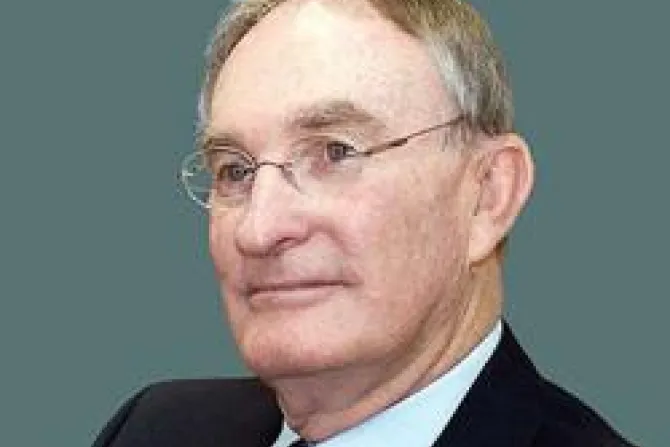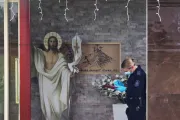“It’s been pretty difficult. Really upsetting actually,” says Mavis, “and whenever we wrote to the bishop about any of these things we were always told it was us who were in the wrong.”
In November 2006, though, everything changed. Suddenly unhappiness with Bishop Morris went global. No longer did he just have to placate the Power family of Toowoomba. He now had to explain himself to the powers-that-be in Rome. The reason? A pastoral letter written to his entire diocese.
In it Bishop Morris promoted the idea of ordaining women and married men as well as allowing Anglicans, Lutherans and other religions to preside at Mass.
Again, all this flew in the face of Catholic teaching and tradition. This marked the beginning of the end for Bishop Morris.
In December 2006 the Vatican asked him to visit Rome as soon as possible in order to discuss his views. Bishop Morris told them he couldn’t possibly make the journey for, at least, five months. Clearly surprised by this answer, the Vatican wrote again, only a month later, with a similar request.
Again, Bishop Morris said “no.”
“The whole thing was incredible. The flight from Brisbane to Rome takes about 12 hours and there's at least one flight a day,” a senior Australian cleric told CNA. “Yet here’s this bishop telling the Vatican that he can’t make that trip at all for nearly half a year! That reaction was little short of scandalous. Any bishop worth his salt would hasten to Rome as quickly as possible. To be honest, I think Bishop Morris was hoping that if he strung things out for long enough Rome would just forget all about it. That was never going to happen.”
Rather than wait, the Vatican sent in the well-respected American Archbishop Charles Chaput, OFM Cap., of Denver to review the happenings in Toowoomba. He visited the diocese in April 2007, speaking to all sides involved. In September Bishop Morris was asked to resign.
According to the senior Australian cleric, who asked that his name be withheld, the process again moved very slowly.
“It took Bishop Morris, wait for it, four months to say ‘no.’ He was then, again, asked to resign in February 2008. This time he took a grand total of 10 months to, again, finally, reply ‘no.’”
Bishop Morris even managed to secure a meeting with the Pope. This took place in June 2009. The message from the pontiff to him was the same – resign. The reply from the bishop, this time five months later, was also the same – no.
(Story continues below)
Subscribe to our daily newsletter
The endgame, however, came earlier this year. In a compromise move, Rome told Bishop Morris that he could retire rather than resign. Bishop Morris agreed. Both sides then set a date of May 2 for the announcement. Bishop Morris then made it public on April 27, five days early. The news quickly divided Australia.
“The temple police get their man,” opined journalist Michael McKenna in The Australian newspaper. “The Catholic Church’s worst enemy resides in the Vatican,” claimed columnist Barney Zwartz in The Age newspaper.
Meanwhile, Bishop Morris has repeatedly taken to the television and radio airwaves claiming he was “denied natural justice due to a lack of process” by the Vatican. He also claims that his meeting with the Pope was, “like the Inquisition. He was immovable. There was no dialogue.”
Others, however, see things differently.
“The reality is that if Bishop Morris of Toowoomba had been working for a commercial organization covered by the Trades Practices Act,” wrote columnist Kate Edwards on the ABC News website, “he would surely have been liable for prosecution on the grounds of false and misleading advertising. He represented himself as teaching the Catholic faith – but was not in fact doing so!”
“Morris’s removal sends a clear message to bishops, in Australia and around the world. The Holy See’s patience is not, as it long seemed, limitless,” wrote journalist Christopher Pearson, again in The Australian. “The more realistic, liberal bishops are going to have to kiss goodbye to any lingering fantasies they clung to in the 90s of ordaining nuns, or at least keep it to themselves.”



